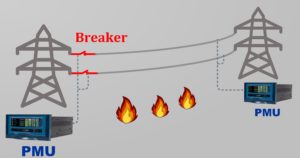January 2023

Prof. Fran Li, the EiC of the IEEE Open Access Journal of Power & Energy (OAJPE), kindly informed me I have been awarded the Outstanding Associate Editor (AE) recognition for 2022. It is always exciting to realize you are doing your job well, let alone in a nascent publication with exciting trajectory, immense potential and a respectful and strong Open Access policy. I would have not received this recognition without the expert Reviewers that accept my invitations and contribute their thoughtful and in-depth comments on the manuscripts submitted to the IEEE OAJPE. To my dear Reviewers, thank you for putting up with me and taking on my assignments!
Another very exciting development is that I have been nominated by the IEEE Young Professionals (YP) for the position of the YP representative with voting rights at the IEEE Publication Services and Products Board (PSPB). This is a special honor and, also, acknowledgement of all my efforts to improve and enhance the quality of scientific publications, especially in my field of power and energy systems. Beyond my own personal experience, I have been lucky that many friends and colleagues who are Authors, Reviewers and Associate Editors across multiple publications have trusted me with their concerns and ideas. I plan to make the best of this opportunity and all input I have received during my 2023 term at the PSPB, aiming for positive and valuable changes.
In the context of both these updates, please, do not hesitate to contact me with your availability to review papers in the scope of your expertise and also tell me of any concerns and ideas you got for the improvement of publications. I will treat all input as confidential and I am thankful in advance for your interest!




